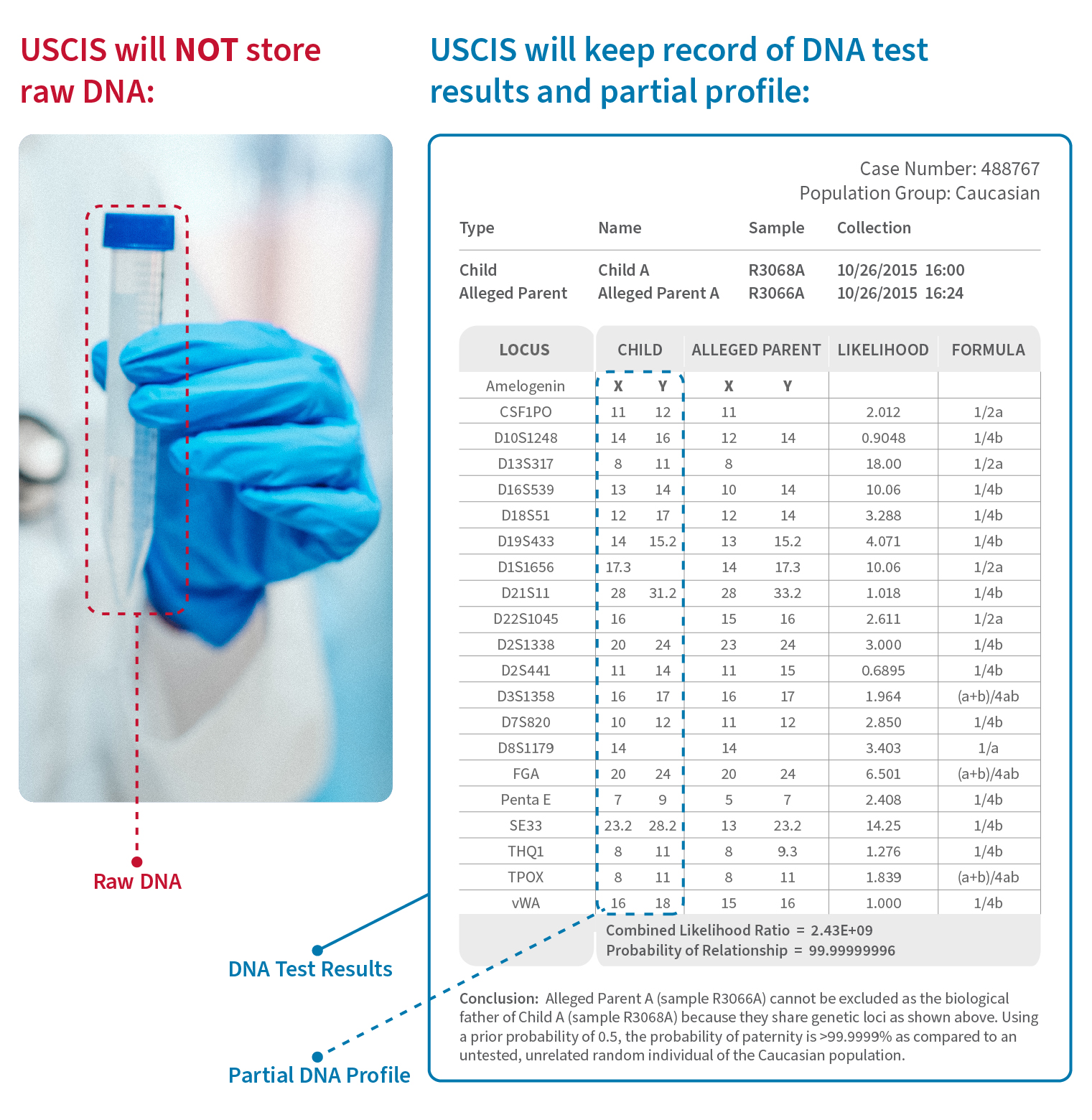
USCIS processes an average of 8 million applications, petitions and requests annually. We strive to make as much data about various aspects of USCIS operations available to the public as possible. We do so to improve public understanding of the immigration system and our role in it, as well as to comply with required reporting mandates.
Our data is primarily published on our Immigration and Citizenship Data page. We also publish data as part of some Freedom of Information Act responses, correspondence with the public, and correspondence with Congress on our Electronic Reading Room. Data or other information may be requested through a Freedom of Information Act request. Information on estimated processing times for various applications, petitions and requests can be found on our Check Case Processing Times page.
Although most applicants, petitioners, and requestors submit paper forms, we do not transfer all of the information submitted on these paper forms into our electronic systems. This means that even if a question is asked on a form, USCIS may not store the response to that question electronically. When we need to retrieve information not captured electronically, we typically have to review the paper files manually. Although we continue to improve our electronic systems, we do not yet capture all form data electronically. Filing electronically, where possible, will increase the amount of data that our electronic systems capture.
USCIS always strives to ensure that the data in our electronic systems is accurate, but because we transfer data from paper forms into the electronic systems manually, data entry errors may occur.
Additionally, information provided on the paper form is reported by the applicant, petitioner, or requestor (or their representative or preparer), so there may be errors on the forms when USCIS receives them. For example, an applicant may erroneously transpose the day and month of their date of birth, input their date of marriage as their date of birth, or select the wrong class preference or benefit type they are requesting.
TimeframesEach data report covers a particular period of time. USCIS follows the U.S. Federal Government fiscal year (FY) calendar, so data sets presented by fiscal year cover Oct. 1 to Sept. 30 of the following year. Other data sets provided on the USCIS website may cover different time periods (calendar years, quarters, months, etc.). It is always best to check the notes section of each data set to understand the timeframe that the data set covers.
Further, the applications and petitions USCIS receives on a given date are generally adjudicated on a later date. Therefore, data sets for a given period generally reflect the date we received an application or petition, not the date we adjudicated it, unless otherwise noted in the specific data set. For instance, some petitions we approve in the first quarter of FY 2019 may have been received in the fourth quarter of FY 2018.
Other SymbolsMost of our data sets consist of numbers. Occasionally, you will see other letters or symbols used in the data sets. As always, the notes on a given data set are the best way to understand what the data represents, but some frequently-used examples are:
The data we report can change over time, even for historical reports. Our data is transactional in nature and changes daily as we receive, approve, or deny applications, petitions, and requests. Additionally, we sometimes revoke applications and petitions after an initial approval. Therefore, data retrieved from our electronic systems can be different depending on the day and time it is retrieved.
Biometric DataDHS may consider DNA test results to establish or verify a claimed genetic relationship when adjudicating certain immigration benefits. DHS will treat raw DNA as a biometric modality distinct from the other biometric modalities it is authorized to collect. DHS will not store or share raw DNA for any other reason than to facilitate the DNA testing, unless required to by law. However, to the extent permitted by law, DHS may store, use, and share the results (which generally include a partial DNA profile) as evidence of a claimed genetic relationship for adjudicating immigration benefits and administering and enforcing immigration and naturalization laws or for law enforcement purposes.

USCIS uses a number of electronic systems to capture and store data, which are occasionally referenced in our data sets. As required by the Privacy Act, USCIS publishes System of Record Notices in the Federal Register for each electronic system that constitutes a “system of records” under the Privacy Act. More information on USCIS electronic systems can be found on the DHS Privacy Documents for U.S. Citizenship and Immigration Services page.
Other Sources for Immigration DataUSCIS is one of several federal agencies and departments in the U.S. immigration system. Other agencies and departments, both within and outside the Department of Homeland Security (DHS), have roles in immigration and provide their own data to the public.
The DHS Office of Immigration Statistics (OIS) reports Department-wide immigration statistics. OIS uses data from a variety of government sources, including USCIS, to compile their immigration statistics. Generally, USCIS only publishes data from USCIS systems. In cases where OIS and USCIS publish similar statistics, such as on the number of persons obtaining lawful permanent resident status by fiscal year, some variations in data may exist due to a number of factors including reporting dates and standards. Please see the DHS OIS Immigration Data & Statistics page for more information on their immigration statistics and reports.
U.S. Customs and Border Protection (CBP) tracks entry and exit information. For more information, please visit CBP’s Travel Records for U.S. Visitors I-94 website.
The Department of State is responsible for issuing visas for applicants, or beneficiaries overseas. For more information, please visit their Visa Statistics page.